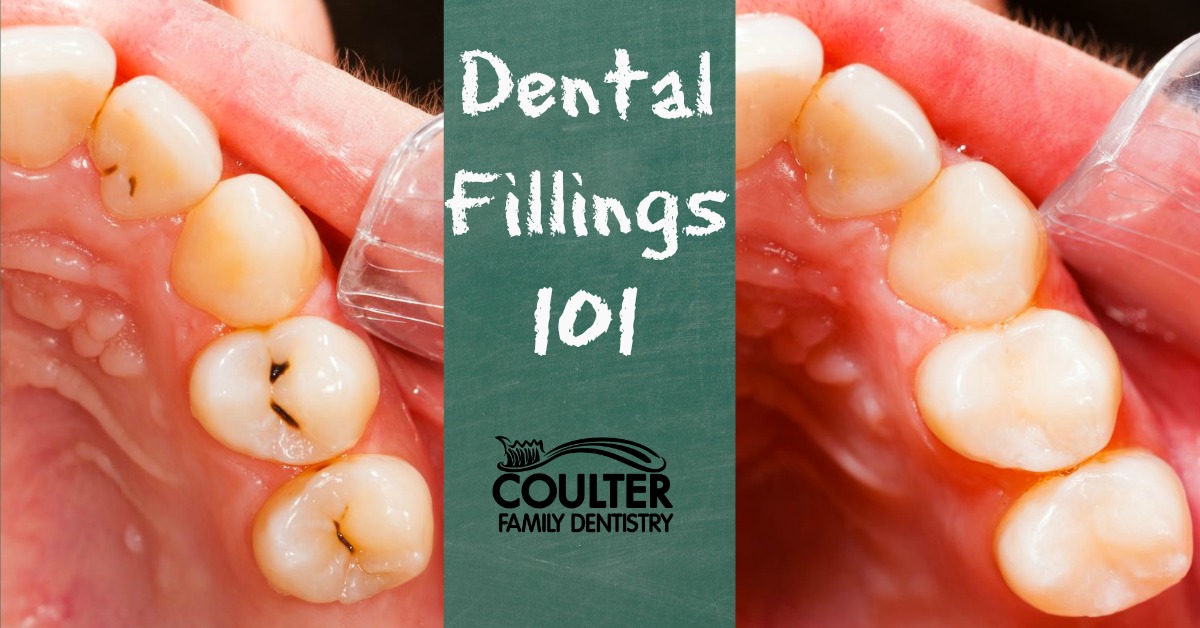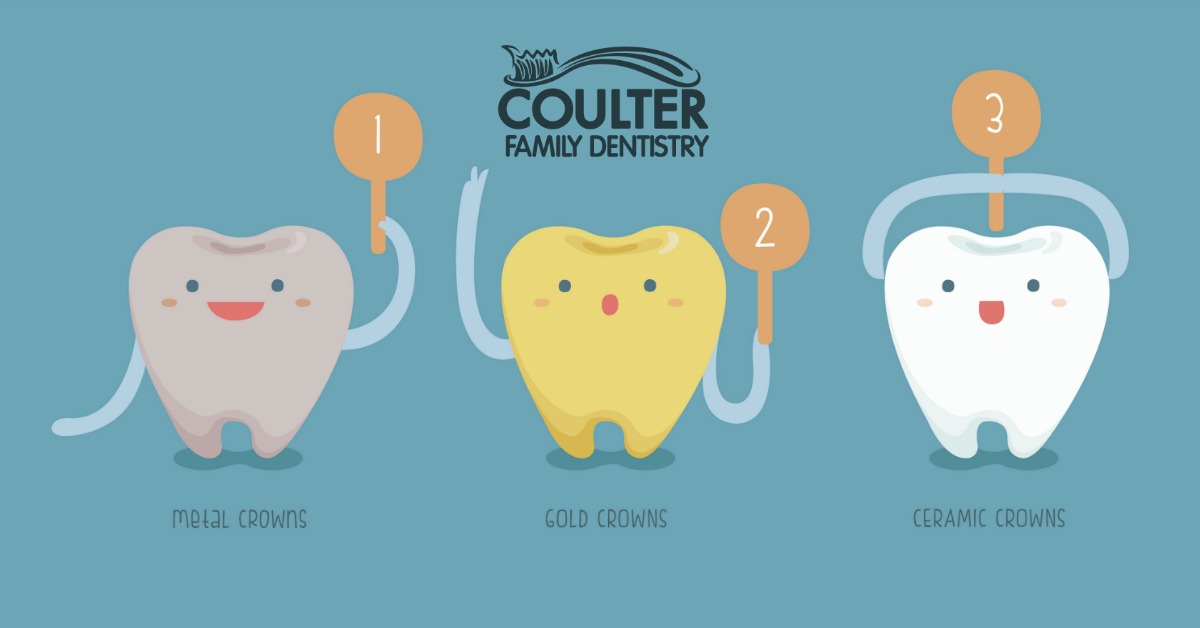Summer is full of fun times spent outside at bbq's, the zoo, the pool, and…

What is this filling you speak of?
Your dentist tells you that you’ve got a cavity and need a filling to fix the tooth. You think to yourself, “so you’re going to stick me with a needle, drill a hole in my tooth and pack a ball of stuff in the hole”. This probably doesn’t sound like a good idea. So what is a dental filling? Why are you cutting out my teeth? What’s going on here?
When you have a cavity in your tooth the bacteria and decaying tooth structure needs to be cleaned out. The tooth needs to be free of cavity causing bacteria and rotten tooth structure. That is easy enough, but will leave you with a big hole in your tooth. Unless you’re the Pope you probably don’t want to be left with holy teeth (get it?). The cavity is out, the whole is there, let’s fill ‘er up!
Back when our parents walked to school, barefoot in the snow, uphill both ways, the filling material of choice was silver. It isn’t actually pure silver but an amalgam of metals (amalgam means mixture). Amalgam commonly consists of mercury (50%), silver (22–32% ), tin (~14%), copper (8%) and other metals. It is very inexpensive and easy to apply, making it great for public health centers and 3rd world countries. The downfall is that it doesnt actually stick to the tooth. The metal is packed into the hole, acting like a wedge in the tooth. Over time people develop cracks in their teeth and eventually the teeth may split. Also, amalgam is just plain ugly. Teeth are white, who really wants to replace a big dark cavity with a big black filling?
The absolute best material to fill a tooth with is composite resin. Composite fillings are tooth-colored, they come in many differant shades so they can be custom color matched to your natural tooth color. They provide very good durability and actually help to strengthen the tooth. Composite fillings will both chemically and mechanically bond to the tooth. This is a fancy way of saying that they glue to the tooth and hold everything together instead of wedging the tooth apart. Since they are tooth colored, white fillings can be used on either front or back teeth. If you don’t want big black fillings, these are the dental product for you!
It generally takes longer to place a composite filling than it does for a metal filling. White composite fillings are very technique sensitive. The tooth must be correctly prepared to allow for an optimal surface to bond the filling material. Careful attention must be given to make sure the tooth stays dry. The mouth is a wet place and it the tooth gets wet the filling material will not stick. When placing the filling material it cannot just be pushed into the tooth, the dentist must meticulously apply the composite in layers to ensure a strong bond to the tooth. Finally, a multi step polishing sequence is used to blend the material into the surface of the tooth and achieve a natural luster.
Sounds way better than a silver filling, right? Some dental insurance plans, in their desire to put the patient first, have decided to only allow silver fillings. These insurance plans think “whats wrong with using a material from the 1800’s”? The telegraph was invented in the 1800’s too, but most would agree that email is just a little bit more technologically advanced. If you want to go against your insurance company and get a white, composite filling, you will most likely be left holding the bill. The good news is that more and more insurance companies are covering composite fillings.
In the end, the best filling is not filling at all. By brushing and flossing you will keep those cavity bugs off your teeth and reduce your risk for cavities. But if your dentist says you need a filling, make sure it’s a white one!




